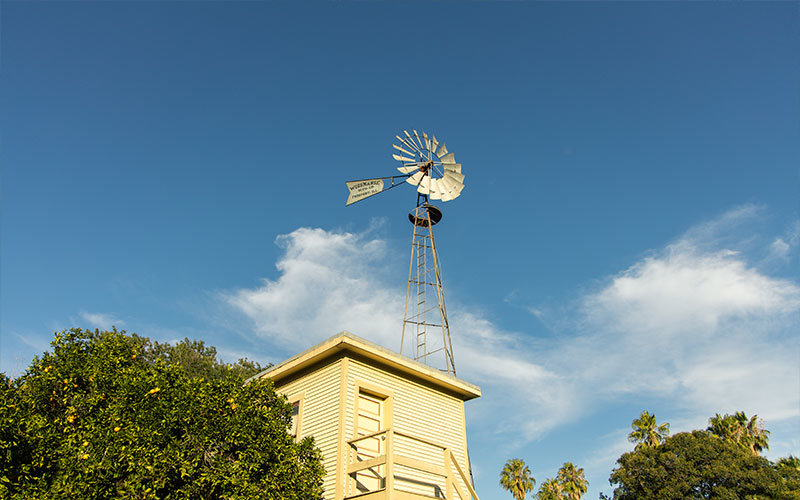
We’ve been having some interesting weather in California this year, and now that El Niño has arrived, it’s going to be a very hot summer and a very wet, rainy winter.
How are these drastic weather changes affecting gardens? Is there anything we should do to protect our plants?
Greg Pongetti, living collections curator at Fullerton Arboretum, spoke with us and shared his insight.
How did all that rain during the “June Gloom” affect the blooming and development of plants?
“We had a relatively cold and very wet winter season and then some very gloomy weather through May and most of June. In general, plants have been blooming and fruiting later than normal.
“Cold, wet winters can be problematic for some plants that are adapted to drought during the winter. This can be the case for many plants from Mexico and Madagascar for example. Cold, wet conditions can lead to root rot problems for those plants.
“But the majority of plants do just fine and even thrive in those types of conditions. The extra rain during the winter recharged the water that is available to plants in the ground. This resulted in many plants blooming much more prolifically than normal, but it doesn’t necessarily happen right away. Many plants may bloom several months later after the weather warms up, as is the case now.
“I don’t think the recent gloomy weather of May and June had too much effect on the plants. In fact, they may have appreciated it in the same way our staff appreciates working outdoors in the cool weather before the heat of summer starts up. It is great weather to work in. Our sunflower field bloomed about one month later than we expected due to the cooler weather, but it still bloomed eventually. It is starting to wind down now. Earlitreat peaches are typically one of our first stone fruits to produce each year. This year they were a month later than last year.”
How should gardeners prepare for the hot and dry weather this summer?
“Hot, dry summers are pretty typical for our climate in this region. Gardeners should irrigate appropriately and use mulch to retain soil moisture and keep soil temperatures lower. It is typically better to irrigate less frequently, but make sure the water is infiltrating deep into the soil instead of just wetting the surface. Also, when you see a heat wave of over 100 degrees in the forecast, it is important to make sure plants are irrigated adequately in the week or so leading up to the heat wave. Do not wait to water until the temperatures are already really hot.”
Are there certain types of plants or seasonal ones that are hearty enough to withstand this changing California weather?
“There are a lot of drought-tolerant plants that are able to tolerate hot, dry conditions. Most of our California native plants do well since they are adapted to those conditions. In general, plants that are naturally adapted to regions with hot weather will be able to withstand increasing temperatures.”
There is much more to learn about caring for plants in California weather. If you get the chance, make sure to visit Fullerton Arboretum, the 26-acre botanical garden located on the Cal State Fullerton (CSUF) campus!
From internship and volunteer opportunities to plant sales that offer various drought-tolerant collections, the arboretum has many helpful resources to help foster a love of the natural environment.
To learn more about Fullerton Arboretum, visit fullertonarboretum.org.
Fullerton Arboretum is a fully integrated part of CSUF Extension and International Programs. Learn more about EIP at extension.fullerton.edu.